Affiliate links on Android Authority may earn us a commission. Learn more.
Why we are keeping phones for longer
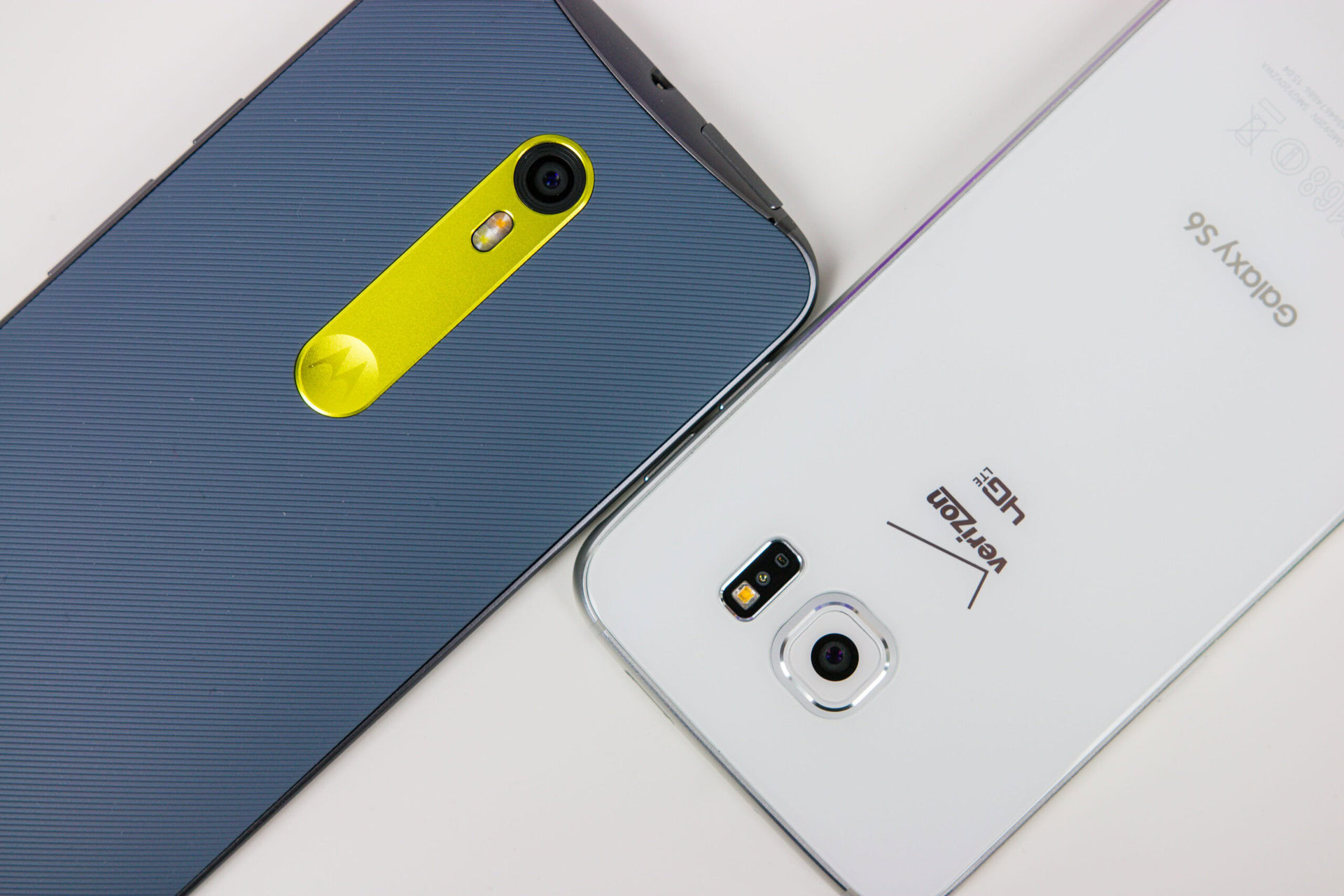
After years of rapid growth, global smartphone shipments are slowing down. This is party due to the plateauing of the smartphone revolution in China and India, which has seen hundreds of millions of new customers purchase their first 4G smartphones over the past half a decade. At the same time, data suggest consumers are keeping their smartphones for longer across the U.S. and EU markets.
Combined, these two examples offer key insights into why the smartphone market is no longer the momentous investment opportunity it was just a few years ago. Yet the reasons behind this lengthening product life-cycle aren’t entirely clear. Here are some of the possible reasons why consumers are increasingly keeping their handsets for two years or longer.
Those $999+ price tags
An obvious starting point for explaining why consumers are holding onto their phones for longer is that they’re becoming increasingly expensive. When the latest top tier models from Apple and Samsung go for more than $999, it’s clear that annual, 18-month, or even 24-month upgrades aren’t always feasible on a typical income. That’s especially true now, as household disposable income growth has only begun recovering across much of Europe and the U.S. in the past couple of years.
You might think consumers would simply switch to more affordable models or stick within their previous budget range, but that doesn’t appear to be the case. There’s actually a growing appetite for aspirational high-end phones. Some of the latest data suggest an eighth of smartphones sold in Q3 2017 were priced above $900, twice as much as in Q3 2016. Consumers are buying the more expensive models, but they’re attempting to make them last longer, which seems reasonable.
The average amount spent on smartphones is increasing, causing buyers to wait longer before spending again.
Further evidence for this comes from the same smartphone life-cycle data, which shows China isn’t quite exhibiting the same trend. The life-cycle in China is gradually becoming longer, but there’s more of an ebb and flow thanks to how the smartphone market operates in the country, with a greater emphasis on online shopping.
The low cost, highly competitive nature of China’s internal market also ensures there’s a healthy consumer appetite for new products at more affordable price points. While Apple and Samsung are pushing into the $999+ bracket in the West, home-grown Chinese brands like OPPO, vivo, and Xiaomi are continuing to focus on value for money and price innovation. At lower prices, regular upgrades are a more feasible option.
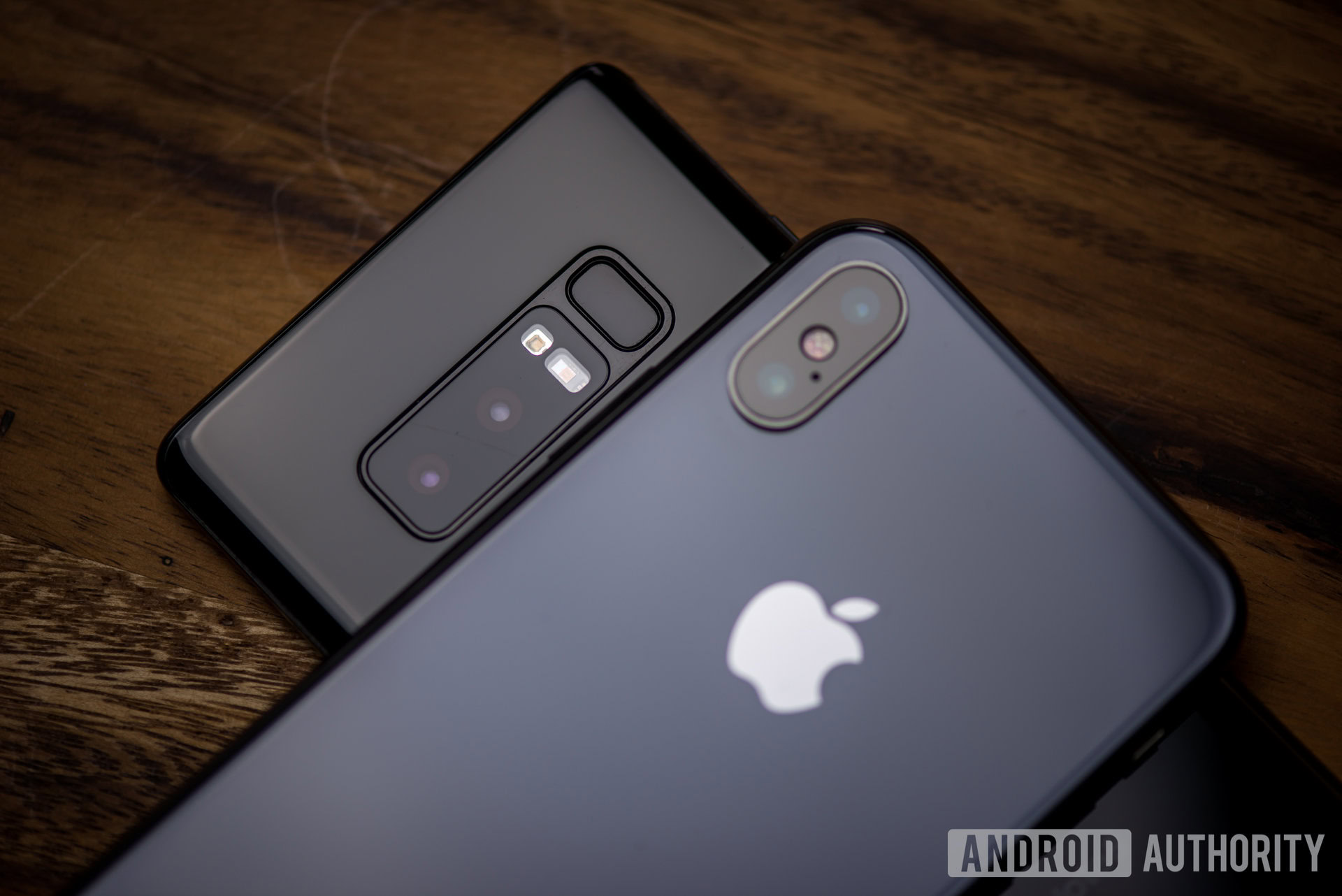
Contracts and data packages
The increasing prices of high-end smartphones also has a knock-on effect for subsidized carrier plans and contracts. Although some regional trends are moving towards unlocked and online purchases, carrier store sales and prepaid plans are still the most popular method of purchase in the U.S., and are essential for many to spread the costs of high-end purchases in other Western markets.
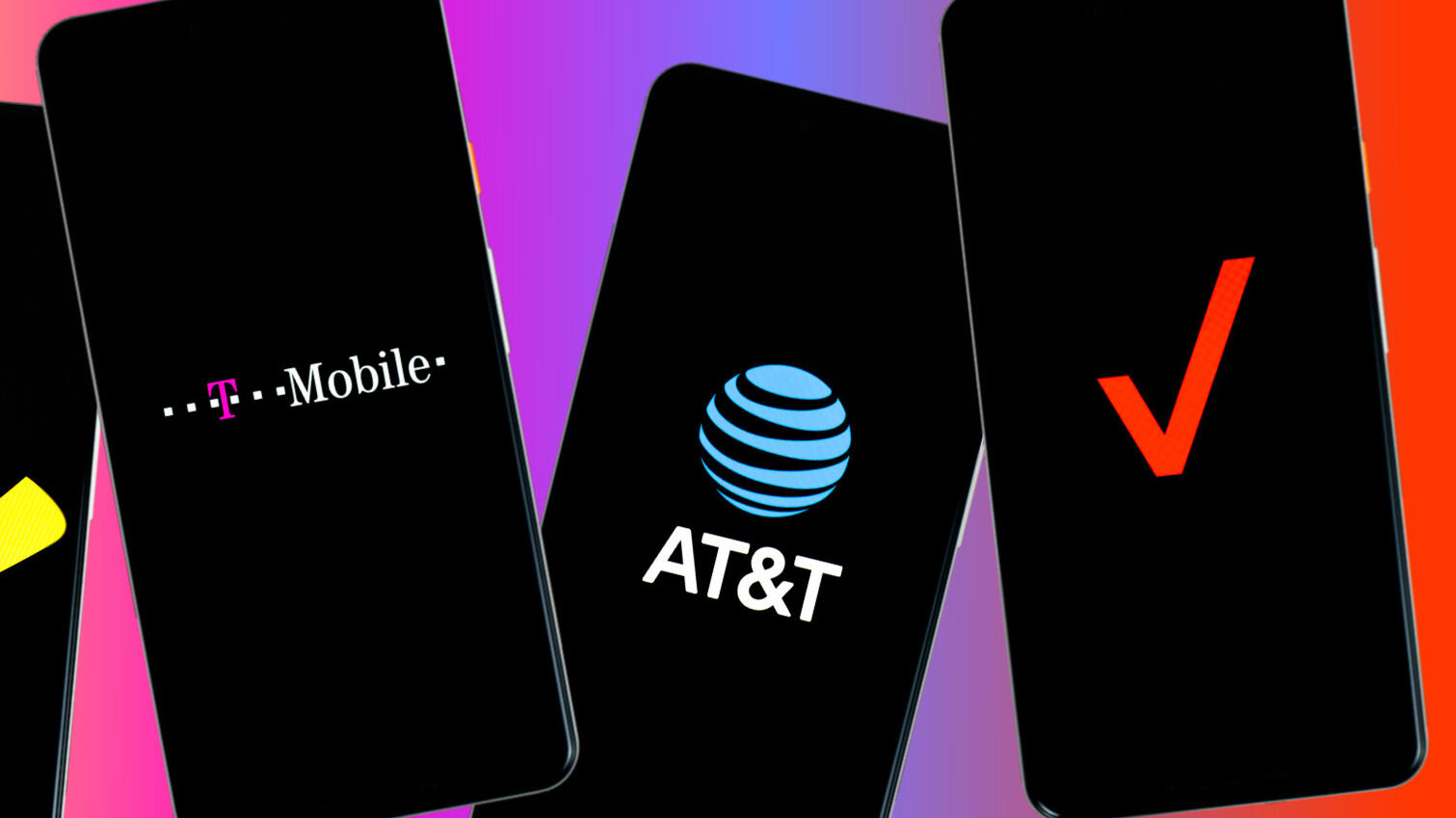
While 24 month contracts are certainly nothing new in the smartphone industry, the higher cost of smartphones has a couple of implications for purchasing habits. First, the higher price makes spreading out the cost over longer periods of time more appealing and affordable. The monthly cost of a 24-month subsidized plan for a $999 phone is comparable to a 12- or 18-month contract for a $750 handset.
Second, upgrading part-way through the contract has also become less affordable. Previously it was reasonably affordable to pay off the remaining balance to upgrade early or return an old handset for a partial exchange on a newer model. With flagship prices creeping up and depreciation taking a chunk out of partial exchanges or second-hand sales, this is now a less viable option. Instead, customers may be waiting for 24-month contracts to be paid in full before considering a new model.
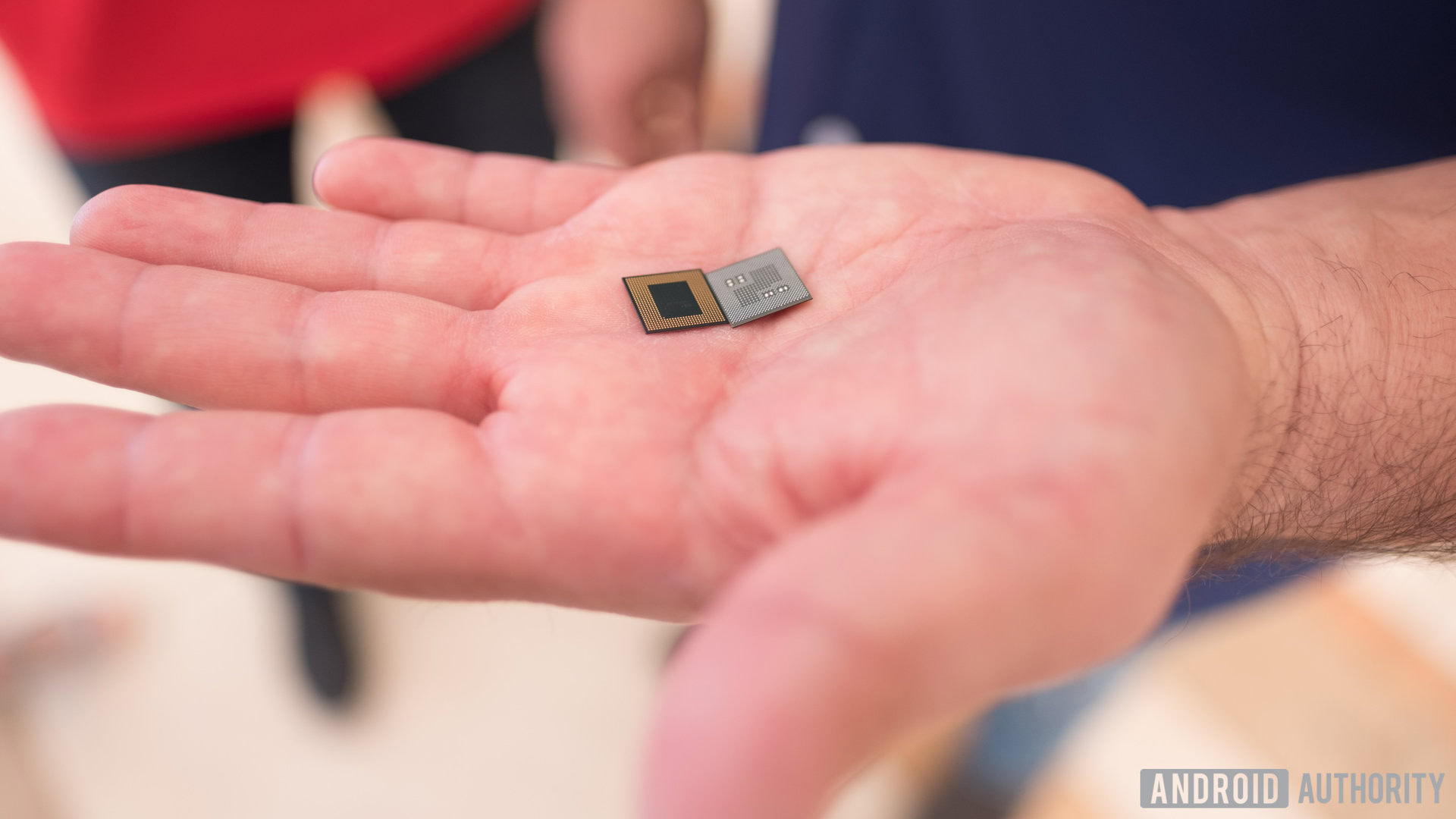
The tech arms race has ended
It could also be that customers just aren’t feeling the urge to upgrade their handsets as frequently because the differences between each generation have become smaller and smaller. The giant leaps in processing speed, storage capacity, and camera quality we saw three or four years ago simply aren’t happening anymore.
There are obviously still improvements being made, but they don’t impact the day-to-day experience as noticeably as they used to. Apps don’t stutter on phones with older processors and the only consumers really interested in these components are the benchmark chasers and serious gamers.
You’re not likely to run out of storage very quickly if you have 32 GB or more memory, especially as most people’s music listening and video watching habits have shifted to streaming services. The “advancements” in dual cameras and superior post-processing aren’t as significant as manufacturers would like to believe either, though consumers won’t turn their noses up at better-looking pictures.
Even two year old handsets run apps flawlessly, offer plenty of storage space, and take great pictures. So why upgrade?
Even the smaller features and unique selling points aren’t as interesting or meaningful these days. IP ratings for dust and water resistance can still be found on older handsets, as can nice glass or metal build materials. More recent advancements in smart assistants — helpful for some — aren’t realistically going to be a major factor in the purchase of a new phone. Especially as Google Assistant and Alexa supported apps are handset agnostic. Similarly, virtual reality support and accessories have been far from a compelling reason to upgrade. Pundits have been particularly critical about the lack of smartphone innovation, but the reality is OEMs have simply converged on the best formula.
Simply put, smartphone hardware has matured to the stage where customers aren’t running into any major reasons to upgrade annually anymore. The only exception with Android remains software updates, and after a couple of years or so consumers might finally be tempted to upgrade if for no other reason than to see the latest features from Google. Another likely reason to upgrade eventually is old non-removable batteries causing issues.
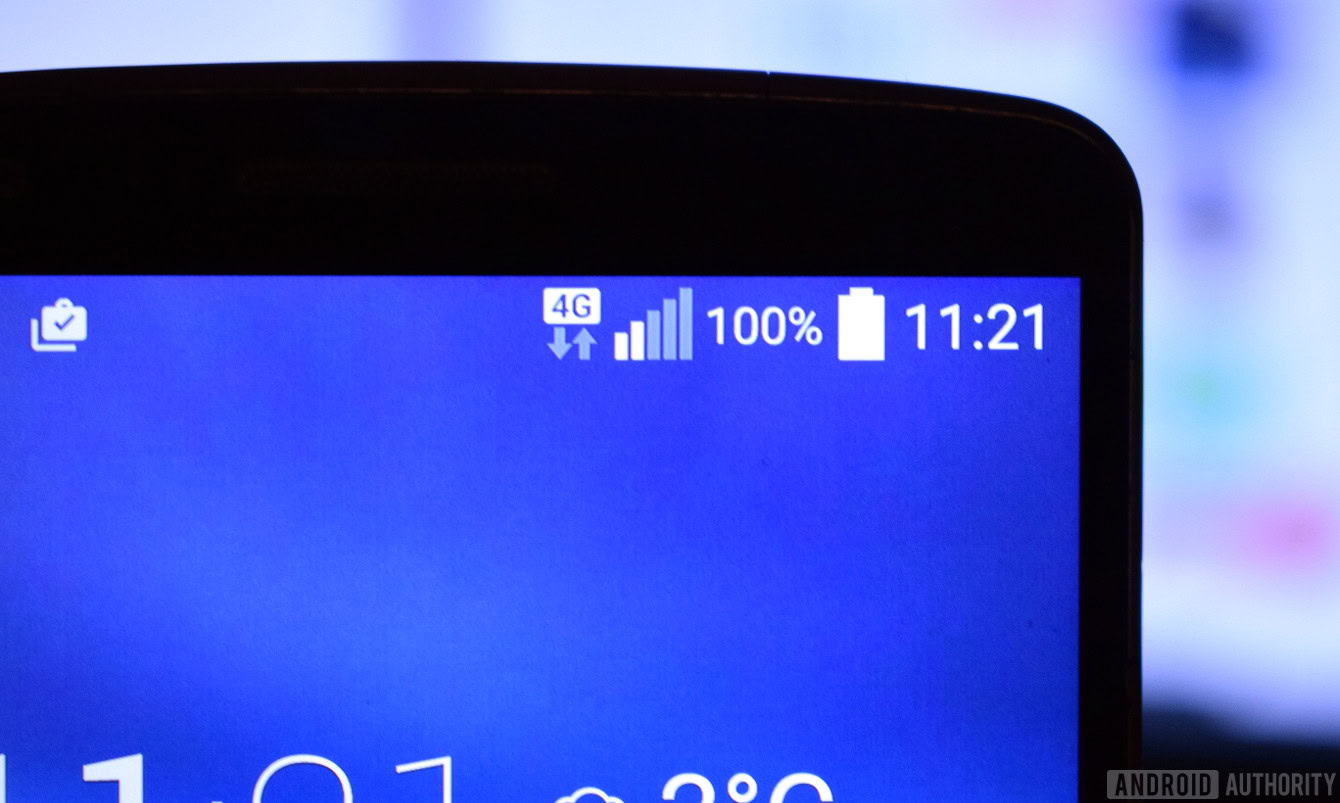
4G LTE widely adopted
The final and less often cited point is that very fast 4G LTE networks and compatible smartphones are now the norm across most of the globe, including significant reach in emerging markets. The global consumer drive to switch from 3G/HSPA+ models into 4G LTE capable handsets has largely been fulfilled.
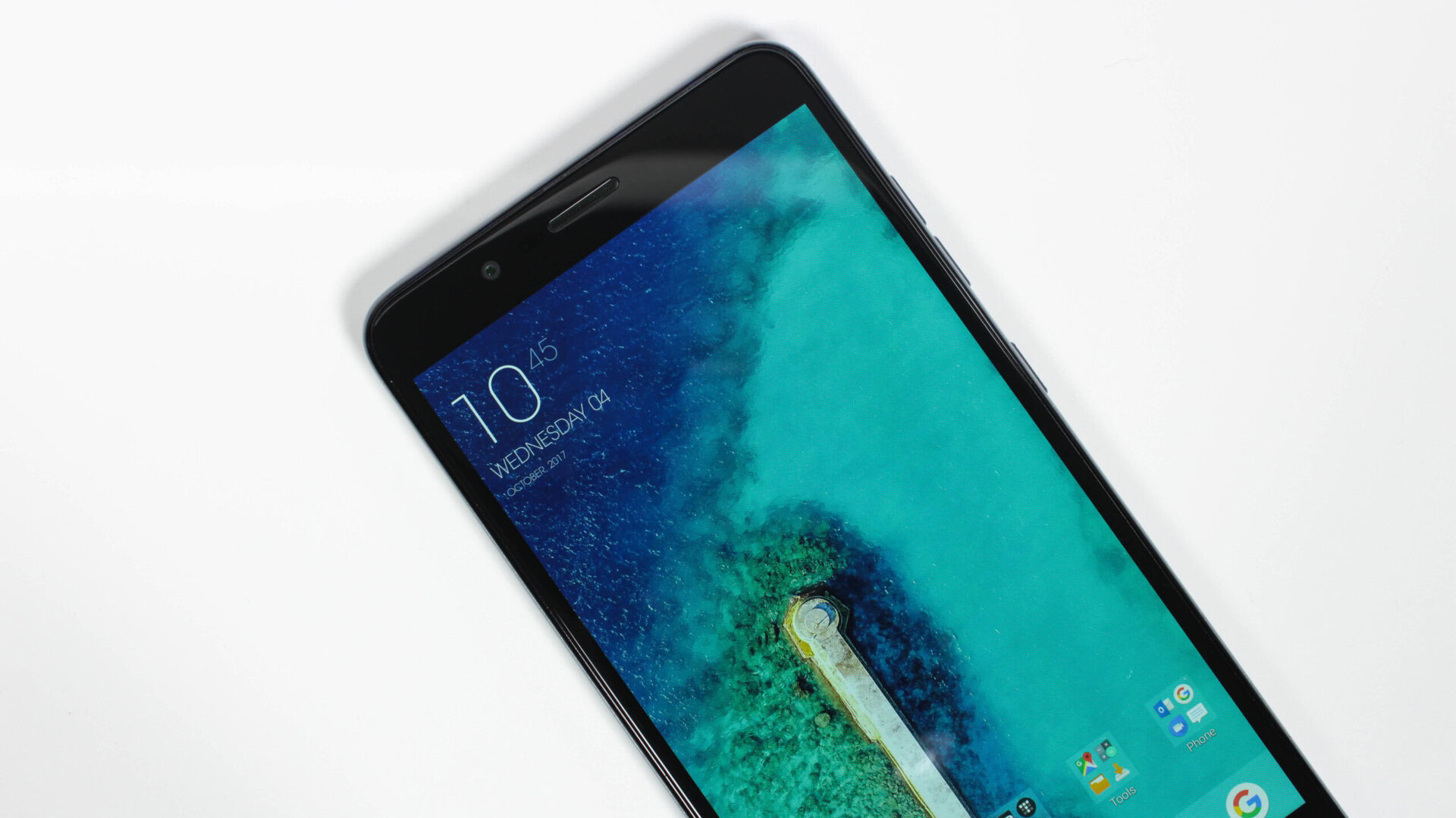
The move to faster data speeds has previously been a major driving factor for new purchases. However, the more incremental speed boosts offered by new modem technologies like LTE Unlicensed spectrum or support for new bands like T-Mobile’s 600 MHz are a tougher sell, especially since availability is limited to certain areas. Much like other parts of smartphone hardware, data speeds have matured to a state that most consumers are content enough not to spend hundreds on slight improvements.
It remains to be seen if 5G will be a major driver of new smartphone sales. There’s a certain appeal to being a first adopter, but nationwide 5G networks are going to take a significant amount of time to deploy — there’s unlikely to be a major consumer rush to buy new 5G capable phones when networks aren’t ubiquitous. We’ve also covered some of the reasons doing so might come at a significant cost. Sticking to the current 20-plus month average life-cycle will probably suit a gradual move into 5G just fine, especially considering high speed 4G LTE is perfectly fine for most smartphone use cases already.
Wrap Up
There are, of course, still very good reasons to purchase a new smartphone. As the market has matured these excuses have shifted from obtaining meaningful improvements to replacing hardware on its last legs. Between higher prices, expensive contracts, and hardware being more than good enough to last two or more years, there’s less incentive than ever for consumers to upgrade regularly.
Have you found yourself upgrading less frequently? How long are you keeping your smartphones for these days?